A public health crisis like the COVID-19 pandemic makes caring for one’s health a critical step to avoid getting sick. Many people have switched or readjusted their lifestyle to become healthier. Some measures taken include exercising regularly, eating nutrient-rich meals, and starting a vegetable garden.
With or without a pandemic, however, public health is closely intertwined with commerce and the environment. The global population has now reached over 7.8 billion, resulting in greater competition to access, own, and use both land and water resources between the haves and the have-nots. Thus, if the population boom is left unmitigated, a crippling shortage of natural resources will happen progressively and eventually will lead to environmental degradation.
Environmental degradation and its impact on women’s health
People’s wanton disregard for the environment has resulted in climate change, disease outbreaks, and pollution (land, water, and air), among others. The growing depletion of natural resources and the destruction of natural habitat have contributed to physical, aesthetic, and ecological degradation. Examples of these situations include: (1) disfigured land surfaces and destroyed watersheds in areas with open-cast mining, (2) mountains of trash in waste landfills that have made these places unattractive, and (3) endangerment/extinction of certain species and deforestation evolving from disrupted biodiversity.
Such problems affect people’s quality of life. Women and girls, for instance, get adversely affected in the face of environmental disasters. As they comprise the world’s impoverished majority, they suffer from stress caused by the loss of livelihood, poor health, and inadequate access to resources, including food and nutrition, safe water, clean air, and fertile land. Many continue to be burdened by their caregiving and household responsibilities, which are mostly – if not entirely – unpaid.
Recycling plastic shopping bags for environmental conservation
It is vital for women and girls to improve their health to counter the stress coming from external sources. Some of them have taken the leap to own and operate a business that caters to their needs as they embrace an active lifestyle.
There are female entrepreneurs like the founders of aim’n who want business sustainability without further degrading the environment. They manufacture and promote goods, such as women’s activewear, that contain harmless substances or are made of recycled materials. Likewise, they employ environment-friendly packaging standards for their products. They use double seal plastic bags that are compostable and reusable.
Indeed, recycling plastic shopping bags – including those used for selling women’s activewear – can help protect the environment that has been scarred by human disruption. As part of the reduce, reuse, and recycle (3Rs) approach, it contributes to minimizing the ecological footprint of business establishments and individual clients. It also promotes good practice in waste management.



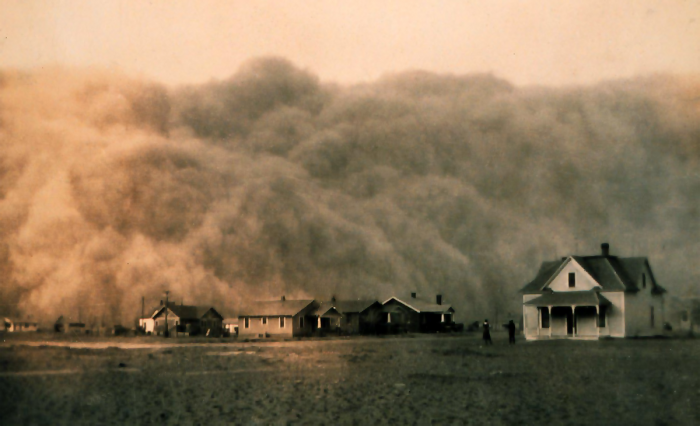
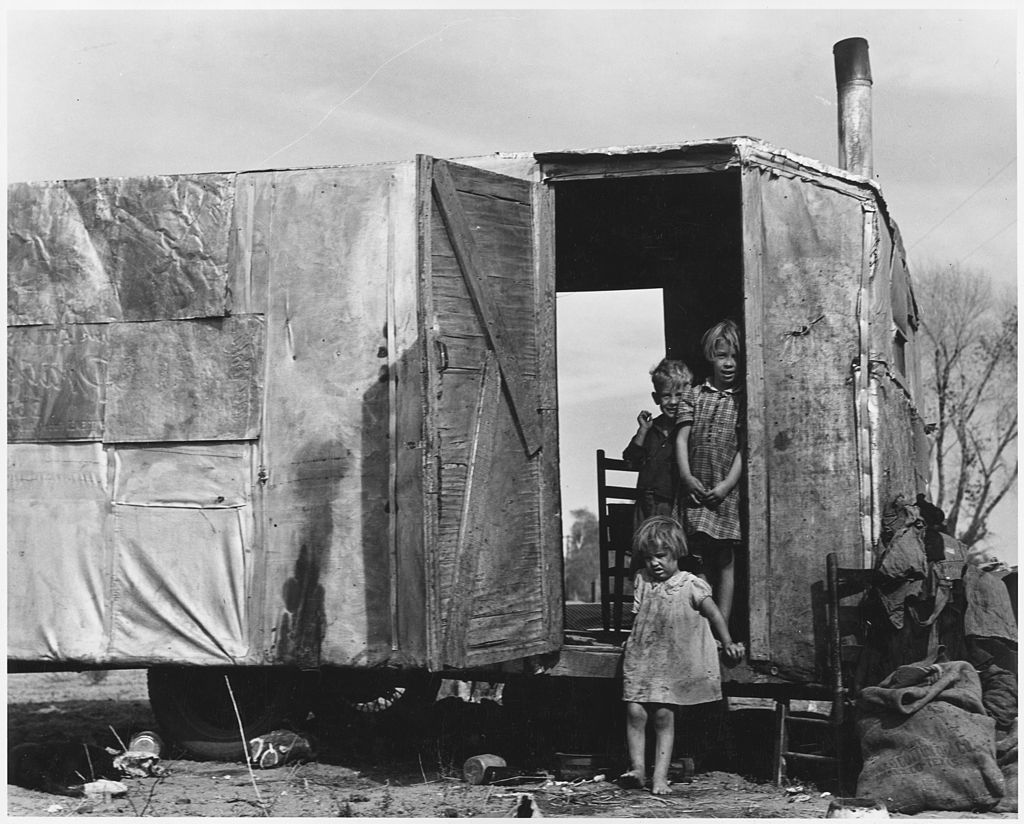 from the Gulf of Mexico changed and the jet stream was weakened and its direction changed. Reaching the Rockies, the current dumped the rains, leading to the creation of tornadoes. The rain failed to reach the Great Plains when the jet stream moved south causing the drought.
from the Gulf of Mexico changed and the jet stream was weakened and its direction changed. Reaching the Rockies, the current dumped the rains, leading to the creation of tornadoes. The rain failed to reach the Great Plains when the jet stream moved south causing the drought.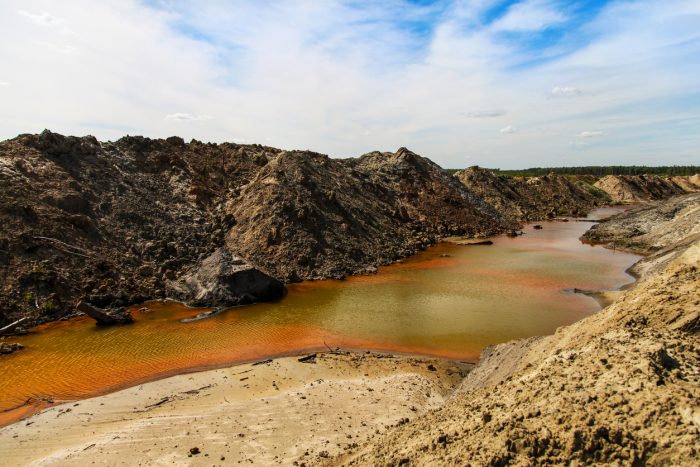
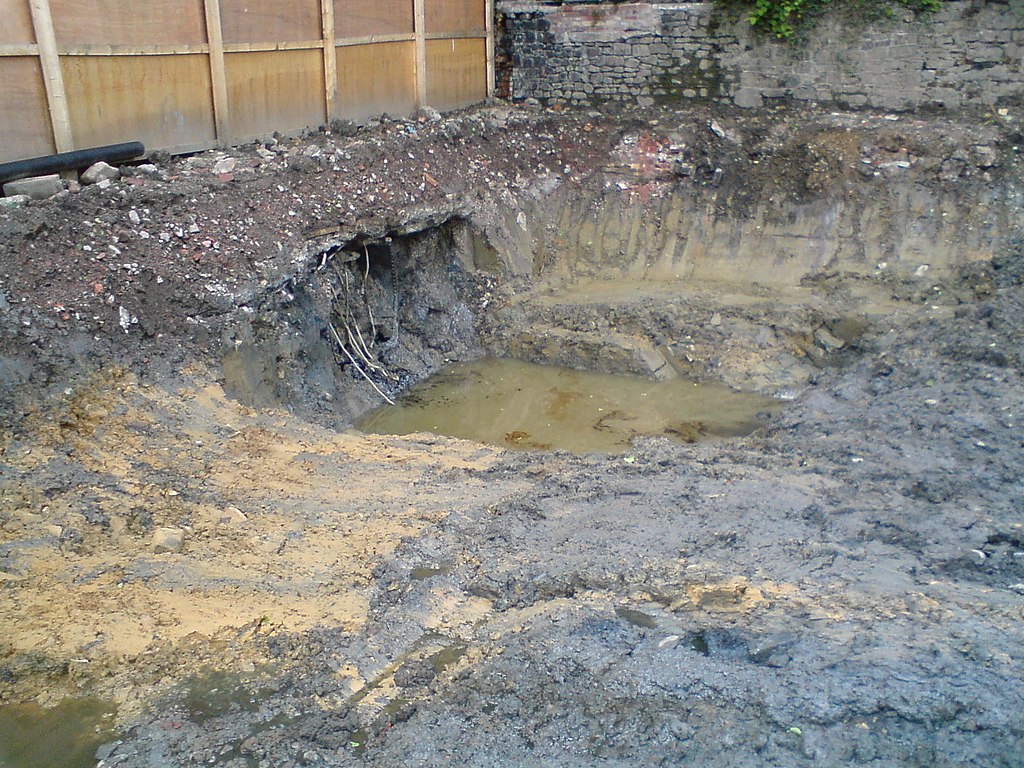
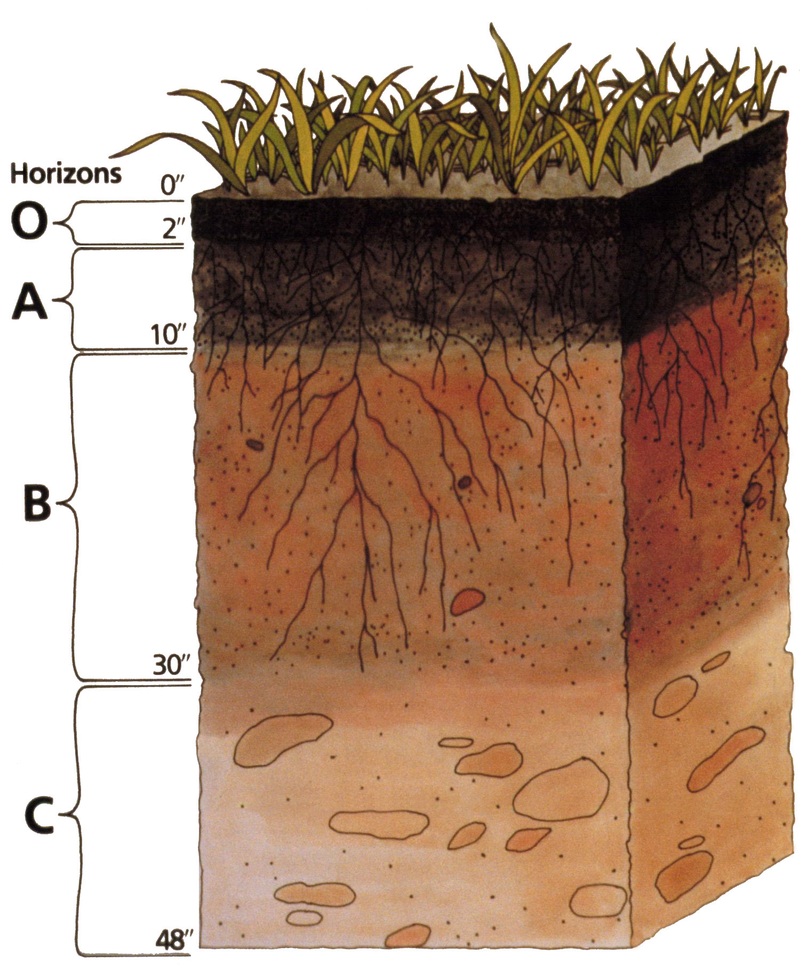 il pollution. Improper waste disposal from industries has raised an alarm and a lot needs to be done to prevent the havoc caused by these wastes.
il pollution. Improper waste disposal from industries has raised an alarm and a lot needs to be done to prevent the havoc caused by these wastes.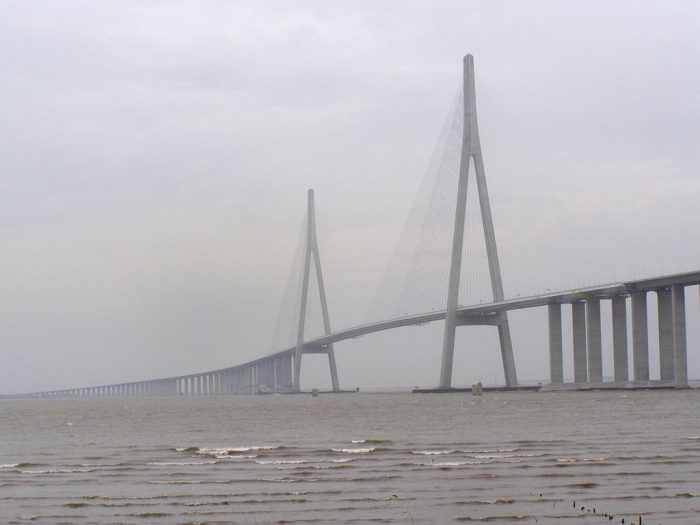
 se their crops were washed away by the floods. An estimated 30,000 square miles of land was flooded forcing millions of people to become refugees. To top it all, crimes and riot cases were on the rise due to food shortage. Food was costly and limited in supply, leading to famine. At the end of October 1911, grain prices were above normal, ranging between 80 to 100%. Therefore, one million people in northern Jiangsu and other more than a million in Anhui went through mass starvation. This meant that the survivors who required relief food at the beginning of 1912 were close to 3 million.
se their crops were washed away by the floods. An estimated 30,000 square miles of land was flooded forcing millions of people to become refugees. To top it all, crimes and riot cases were on the rise due to food shortage. Food was costly and limited in supply, leading to famine. At the end of October 1911, grain prices were above normal, ranging between 80 to 100%. Therefore, one million people in northern Jiangsu and other more than a million in Anhui went through mass starvation. This meant that the survivors who required relief food at the beginning of 1912 were close to 3 million.
 17,000 people succumbed to death as a result of
17,000 people succumbed to death as a result of 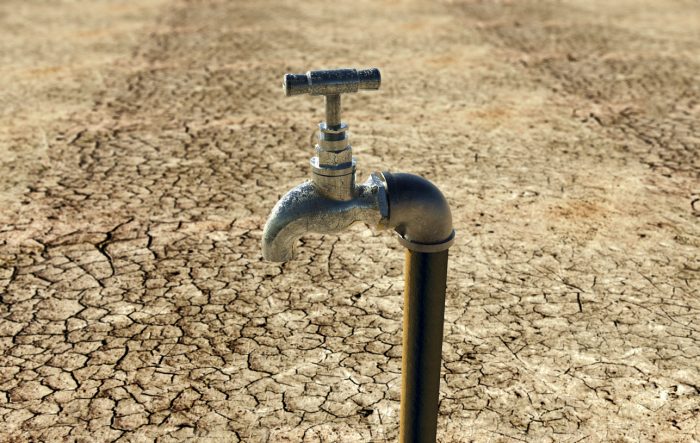
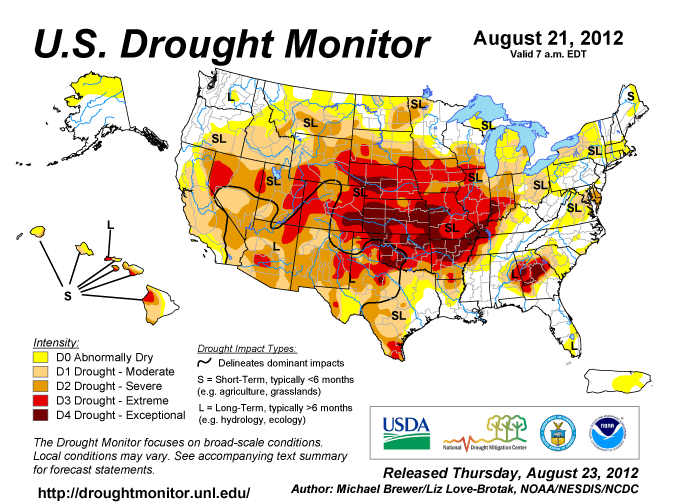 month of March 2012. Drought conditions increased as rainfall decreased.
month of March 2012. Drought conditions increased as rainfall decreased.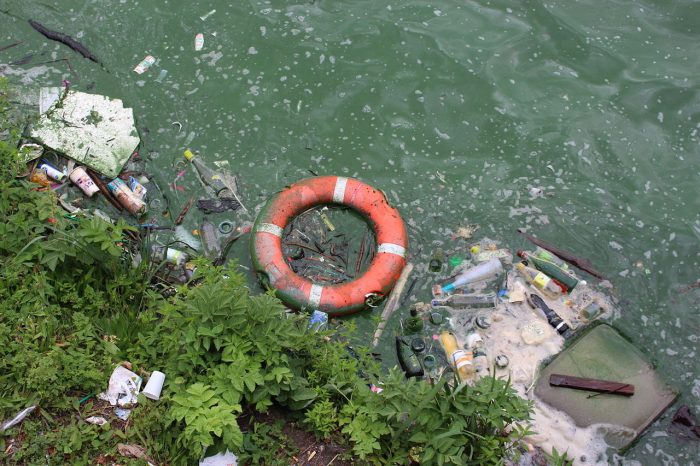

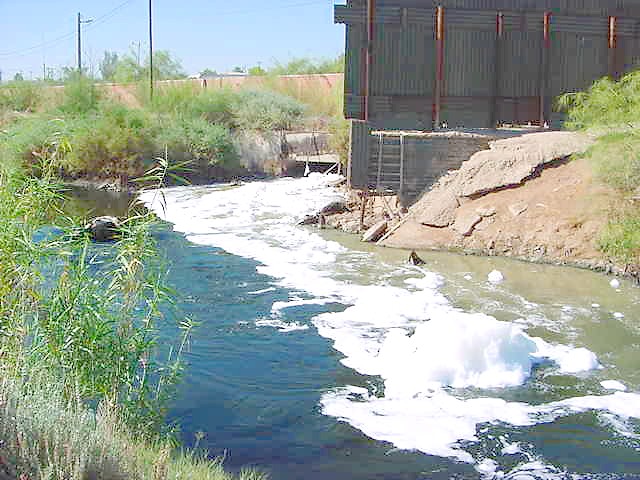 e
e 

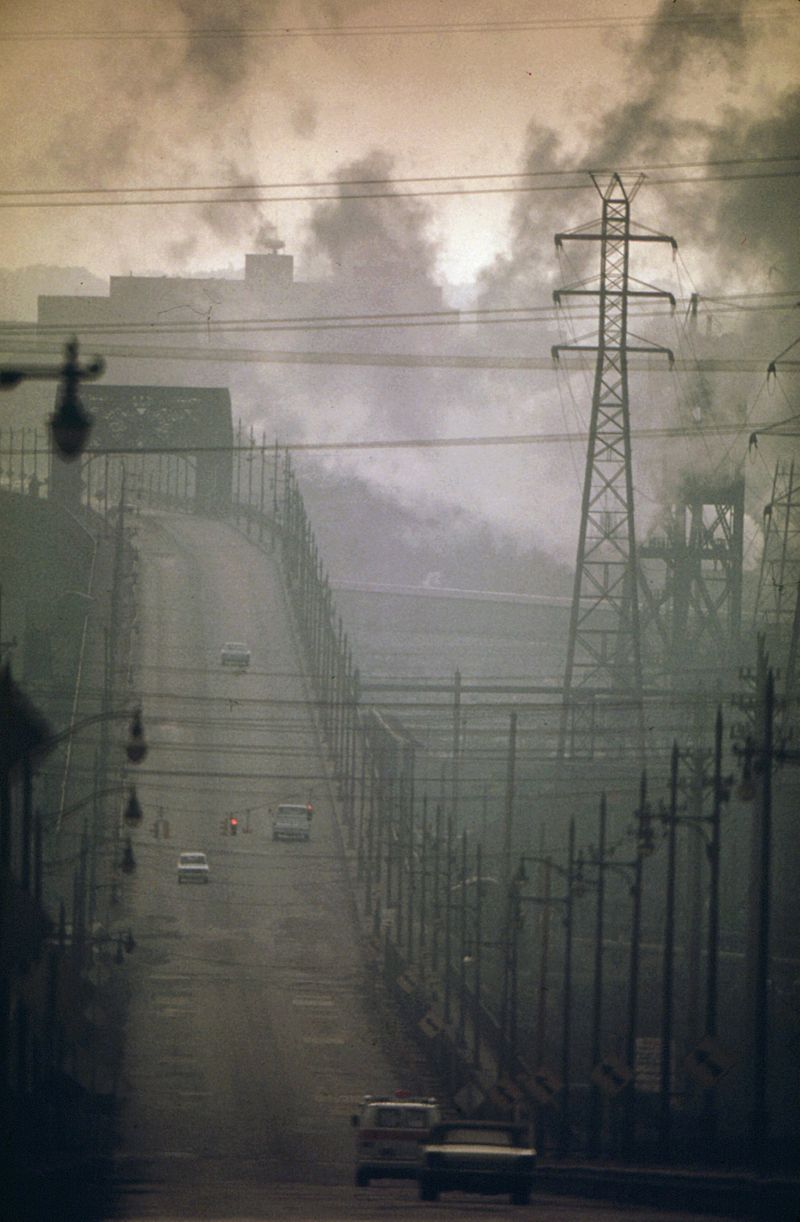 o water bodies during rainy seasons.
o water bodies during rainy seasons.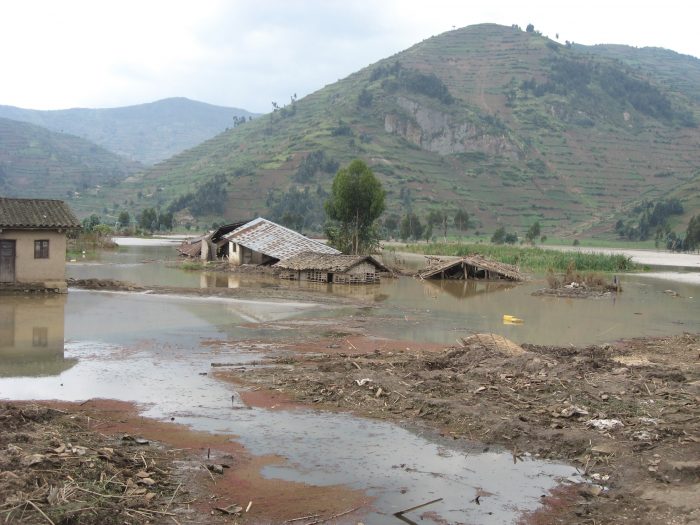
 dition. Reservoirs were also built upstream in order to establish flood retention and diversion to help prevent the capital from flooding. However, the 1971 Red River Delta flood occurred at a time when
dition. Reservoirs were also built upstream in order to establish flood retention and diversion to help prevent the capital from flooding. However, the 1971 Red River Delta flood occurred at a time when